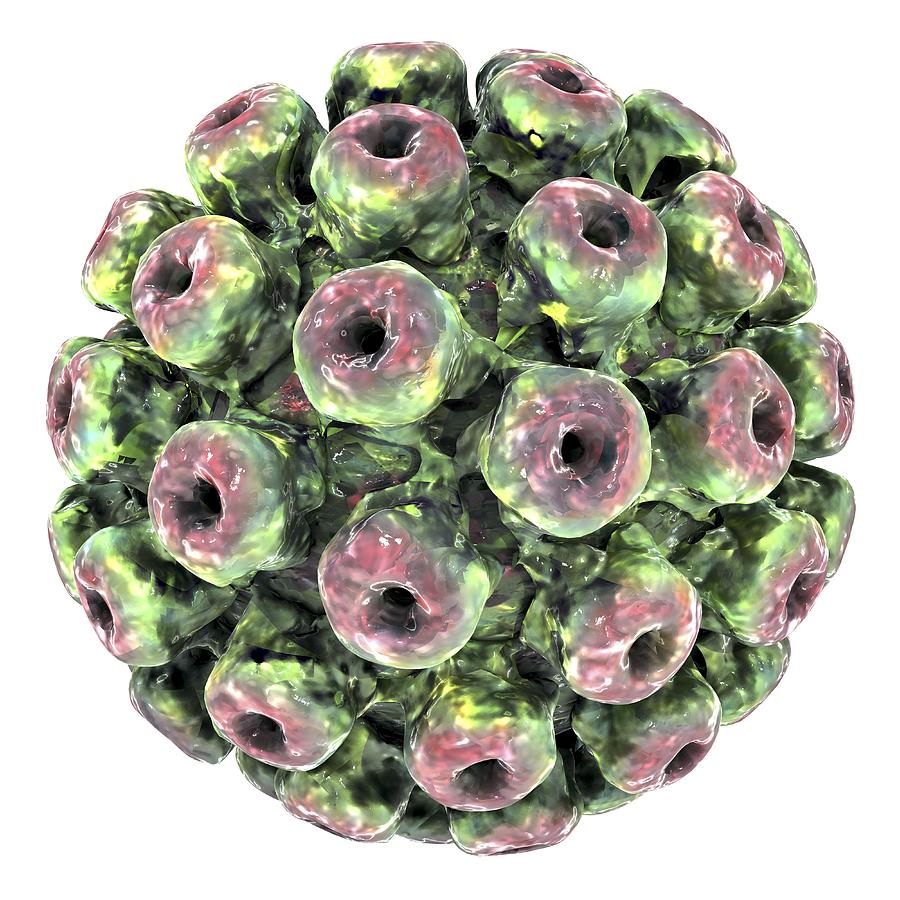As mentioned in the previous post, it is for the most part unknown if a patient has progressed to nephropathy until the later stages of the disease. Because of this it is important to analyze a person’s risk for BKVAN by assessing them based on a number factors. Accurately predicting if someone is more likely to develop the disease preemptively is incredibly useful, as lowering the immunosuppressive load before onset is far more effective in BK Virus replication than doing so retroactively.
The risk factors can be broken down into three main categories: donor factors, transplant factors, and recipient factors. Donor factors are risk factors that relate to the condition of the person who is donating the kidney. These include BKV Seropositive status (whether the BK virus is in the blood of the donor) and absence of HLA C7 (important marker protein). The transplant factors mostly relate to the interactions between the donated kidney and the immune system of the recipient. These include whether or not (or to what extent) the kidney (or the surrounding tissues) was damaged during transplant, ABO incompatibility (differing blood types), and whether or not the recipient has had a rejection before. Typically if the transplant recipient has had previous transplants the immune system is already prepared to attack the graft and so rejection is more likely, but how this correlates to the recurrence of BKVAN is unknown. The final category, recipient factors, relate to various aspects of the host's body. They include things such as age, BK seronegative status, presence of diabetes, absence of HLA 7 and the need for immunosuppression.
After having compiled data for 237 HLA mismatched patients and 72 ABO-Incompatible patients between 1998 and 2010 I found a 6.1% and 17.8% prevalence of BKVAN respectively (p=0.08, a=0.05). Thus it can be seen beyond a reasonable doubt that the risk for developing it is severely higher when the graft and the recipient are not of the same blood type. While this correlation is important in and of itself, the reasons behind it are even more so. Because of the presence of such severely distinct markers on the graft, the recipient's immune system launches a much stronger attack on the new kidney thus necessitating a larger immunosuppressive load. The correlation between higher dosages of immunosuppressants and an increased risk for BKVAN gives credence to my initial hypotheses (see the first blogpost).
